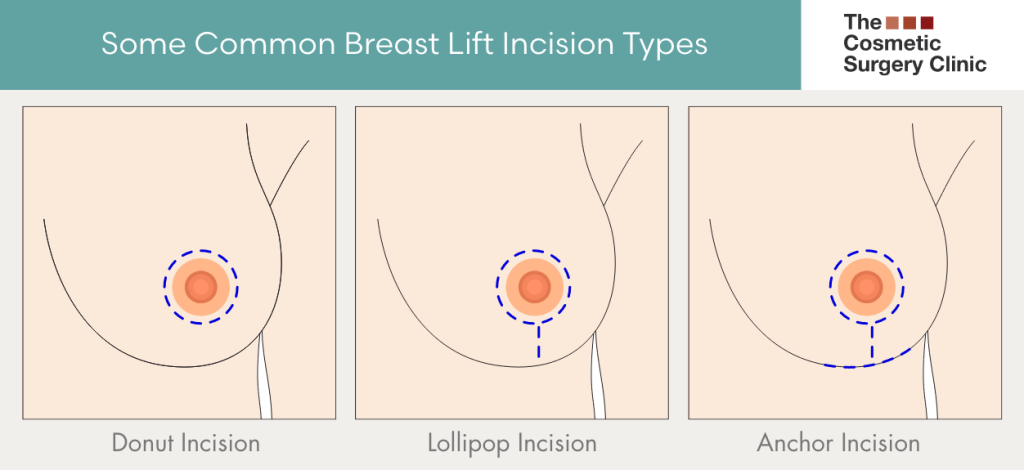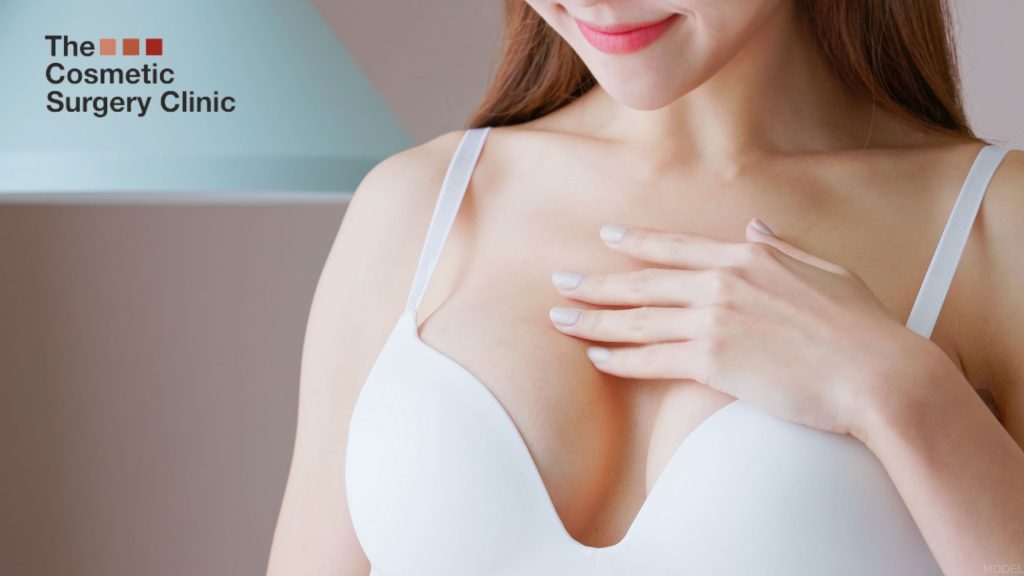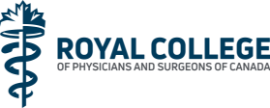When considering a breast lift—also known as a mastopexy—many women wonder what to expect from their breast lift scars and recovery. That’s true, too, for patients considering combining their breast lift with a breast reduction. While scars are a natural part of the healing process for both procedures, understanding how to care for your scars can help you achieve the best possible results.
Breast Lift
A breast lift is a surgical procedure that improves the profile, position, and shape of sagging breasts, giving them a more youthful appearance without necessarily changing their size. Many women choose to have this surgery following pregnancy, breastfeeding, weight loss, or significant volume loss related to aging.
Incision location and breast lift scars
Various factors impact the appearance and prominence of breast lift scars, including the initial degree of sagging and whether another procedure (such as breast reduction, breast augmentation, or liposuction) is being performed simultaneously. However, incision location is often the biggest determining factor.
Our skilled plastic surgeons always use the shortest possible incisions, which are discreetly placed and closed using dissolving stitches. Your incision placement typically depends on the amount of lift needed, with each incision type leaving a different visible scar. Some of the most common incisions include:

The donut incision
Also known as the circumareolar technique, the donut incision is circular and made around the areola alone. While this minimally invasive technique avoids scarring outside of this area, it can only achieve a small amount of lift. The donut incision is often reserved for those with small breasts and minimal sagging.
The lollipop incision
Also called the vertical technique, the lollipop (short scar) incision extends around the areola and vertically down the breast to the base of the breast. This technique achieves a larger degree of lift. The lollipop incision is typically used for people with larger breasts and moderate to severe breast sagging.
The anchor incision
Also referred to as the inverted-T technique, this is the most extensive and common incision option, achieving the greatest amount of lift. An anchor-shaped incision is created by circling the areola, descending vertically down the breast, and horizontally lining the breast crease. It’s typically the preferred incision when more intensive lifting is required in people with large breasts and severe sagging.
What to expect after a breast lift?
While every patient varies, the recovery process for a breast lift typically involves these key milestones:
Immediately after surgery
- Return home and prioritize rest.
- Some swelling, bruising, and minor discomfort are common.
- Follow your post-op instructions and take pain medications as directed to enhance healing and comfort.
2 weeks post-op
- You’ll see us for your first follow-up visit.
- Swelling and bruising gradually subside.
- Most patients resume driving, non-strenuous work, and light daily activities.
- Avoid heavy lifting to prevent strain on your healing incisions.
6 weeks post-op and beyond:
- Return to regular exercise and more physically demanding work and activities.
- Swelling continues to diminish, revealing perkier breasts.
- Incisions gradually lighten, fade, and blend in with the surrounding skin.
- Full results may take 6 months to a year or longer, as scars continue to significantly flatten and fade
We routinely perform treatments such as microneedling and BBL® laser after breast lift to minimize the appearance of scars and enhance your skin’s overall tone, texture, and glow.
Combining a breast reduction and lift
If you’re combining your breast lift with a breast reduction, there are additional factors to consider that influence both recovery and scarring. A breast reduction reduces overly large breasts, offering improved comfort and more balanced body contours. Pairing mastopexy with breast reduction addresses the visible sagging that could otherwise occur after breast reduction surgery.
Breast reduction with lift incisions and scarring
The incisions and scarring resulting from a breast reduction are similar to those for a breast lift. For example, scars from the combined procedure may follow anchor-shaped or lollipop incisions, depending on the extent of tissue removal. For pendulous breasts requiring significant reduction, we may make an additional horizontal incision (inverted-T incision) beneath the breasts in the inframammary fold.
We’ll discuss the various options and approaches with you during your consultation. Regardless of the incision type, it’s important to remember that the scars will fade significantly over time.
What to expect after a breast reduction with lift?
Your recovery after a breast reduction with a lift is similar to that of a breast lift. However, recovery may take slightly longer due to the additional removal of breast tissue and fat.
While it’s impossible to avoid breast lift scars altogether, 95% of RealSelf breast lift patients say the trade-off is worthwhile. Our related blog post further explores how getting a breast lift is life-changing for so many women.
Tips for minimizing surgical scarring
Whether we perform a standalone breast lift or a combined mastopexy with breast reduction, the following tips can minimize scarring and enhance your results after surgery:
- Follow postoperative instructions: Carefully follow our surgeons’ incision care guidelines to promote optimal healing.
- Wear supportive garments: Wearing your surgical bra or compression garment as directed reduces tension on the incisions, aiding scar healing.
- Protect your skin: Apply sunscreen and limit UV exposure to prevent scars from darkening.
- Use silicone gel or sheets: These products can soften and hydrate scars, improving their appearance over time.
- Stay hydrated and healthy: Proper hydration and a balanced diet support your body’s natural healing process.
At The Cosmetic Surgery Clinic, your surgical journey always features a customized post-op treatment plan specifically designed to reduce scarring. This includes a microneedling treatment with healing exosomes at 1-month post-op, followed by BBL laser sessions at 2 and 3 months post-op.
Learn More
If you have more questions about breast lift scarring, or if you’re interested in exploring your candidacy for a combined breast lift with reduction, we encourage you to request a consultation today or call us at (519) 746-1132 to schedule an appointment. Our experienced, caring team at The Cosmetic Surgery Clinic is here to guide you through every step of your transformation.
This blog post was originally published in April 2018 and updated in December 2024.









